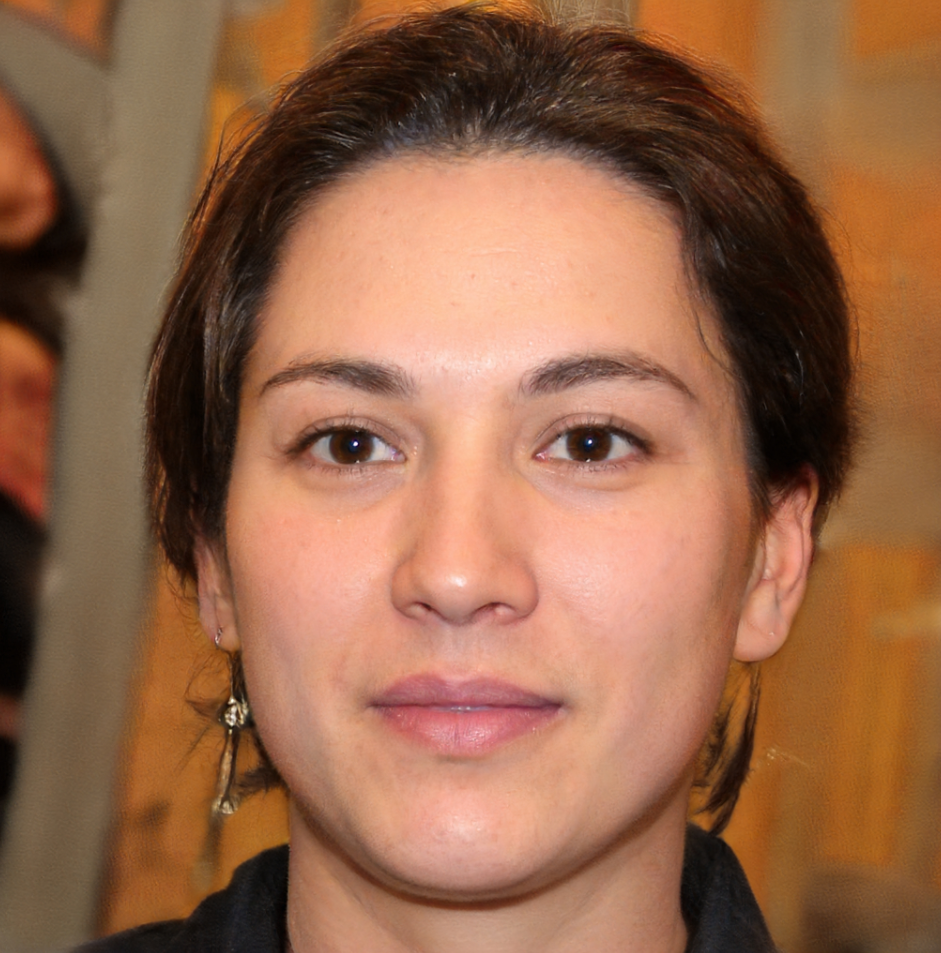Yoga For Physical Trauma
490 View
Share this Video
- Publish Date:
- 17 June, 2024
- Category:
- Yoga
- Video License
- Standard License
- Imported From:
- Youtube
Tags
As an educator, if a student with pre-existing physical injury came to your doorstep, what will you do?
Dr. Paul Jerard, E-RYT 500, Director for Teaching Yoga in Aura Wellness Center, talks about how to creatively deal with students who are suffering from forms of physical trauma and want to practice Yoga for the betterment of their physical well being.
In this video, there will be a brief discussion on how to assess, not only the person, but also your capacity as a Yoga professional. You will be acquainted with how important it is to know anatomy and its significance with assessment. Also, you will realize the importance of creating a community that not only expands with Yoga enthusiasts, but also with health practitioners, social workers, police officers, and counselors in your area. Efficient collaboration is the key to a holistic approach to the trauma-sensitive. How good are you with modifications and variations of techniques to be able to help these people?
This video is an eye opener, which exposes a greater practice of trauma-sensitive Yoga. Learning such expertise will expose you to greater continuing education and give you a chance to view greater horizons of life. Teaching Yoga is not only a fruitful career, but it will impose great progress in your spiritual well being. We emphasize that Yoga is not a cure; rather it is an effective tool to deal with both emotional and physical imprints from physical accidents.
Benefits of Yoga after Physical Trauma
Many people know that yoga is useful for increasing relaxation and decreasing depression, but it is also helpful for overcoming physical trauma. While many forms of exercise are too difficult or painful after an accident, there are several forms of yoga that offer soothing and easy movements. Not only is yoga recommended after an injury such as a fall or vehicular accident, it also provides benefits after long-term physical trauma such as child or spousal abuse.
Yoga is Appropriate for All Ages
Yoga is about philosophy and spiritualism in combination with physical activity. In addition, an individual can practice yoga alone at home or outside in nature. Alternatively, it is possible to participate in yoga classes with other individuals at a fitness studio or community center. Yoga is appropriate for all age groups, including children and senior citizens. Entire families can enjoy yoga at the same time without worrying about damaging sensitive joints or delicate bones.
Relaxing and Soothing Movements
After a personal trauma such as sexual abuse or rape, an individual may feel uncomfortable using their body, but the gentle and relaxing movements required for yoga can release emotional and physical tension. Most types of yoga classes are quiet and relaxing with each individual remaining in their own space on a mat or chair. Someone participating in yoga does not need to touch another person or worry about being hit with a ball or puck.
Types of Yoga to Relieve Physical Trauma
While participating in yoga, an individual also has an opportunity to meditate to learn how to control poor thinking patterns. In addition, participants in a class are taught how to breathe correctly in order to reduce mental anxiety in stressful situations. There are numerous forms of yoga to choose from for relief from physical trauma, including:
• Yin
• Chair
• Hatha
• Restorative
• Vinyasa
• Power
Learn How to Assist Clients after a Physical Trauma
Anyone training to teach yoga must learn how to assist clients who are trying to recover from a physical trauma. An individual who has suffered from physical trauma may need to avoid positions or movements that cause discomfort to their body. At the same time, this client may benefit from additional breathing and meditation exercises.
Website: http://www.aurawellnesscenter.com
Facebook: https://www.facebook.com/AuraWellnessCenter














